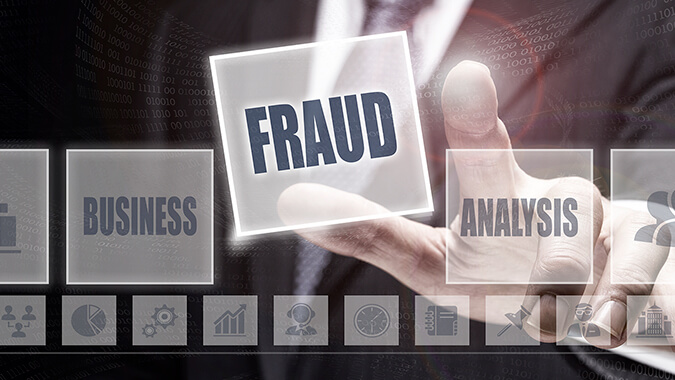
The True Costs of Paycheck Protection Program Fraud
- Published
- Nov 12, 2021
- Topics
- Share
As 2022 draws near, it’s no surprise that the federal government has already began handing out both fines and prison sentences to those who fraudulently obtained Paycheck Protection Program (“PPP”) loans. Ever since Congress passed the $2.2 trillion CARES Act in March 2020, the Department of Justice (“DOJ”) has been busy cracking down on COVID-19-related fraud schemes. These schemes have resulted in more than 474 defendants being publicly charged. Of those charged, at least 120 were for PPP loan application fraud and 354 cases were non-PPP COVID-19-related matters. These cases consisted of attempts to fraudulently obtain more than $569 million from the U.S. Government. How? It included efforts to falsify payroll records, submit duplicate PPP loans to multiple lenders, and even utilize fictitious companies with zero payroll activity. Although those charged are required to return any illegally obtained funding, the total cost and economic impact of these selfish acts may well exceed the amount of fraudulent funding received.
The PPP became fully exhausted in early May 2021. As a result, countless small businesses were left without critical funding necessary to survive. An August 17, 2021, academic paper titled Did FinTech Lenders Facilitate PPP Fraud1 sheds some light on the fraud arising from the program. Approximately 2.1 million PPP loan applications (18% of total PPP loans) serviced included evidence that potential fraud was involved with the loan, bringing the total value of these potentially fictitious loans to approximately $81.4 billion. Under a more conservative approach, the study showed that approximately 1.42 million loans ($42.6 billion of value) could potentially qualify as fraudulent loans. The impact of fictitious PPP loans put a strain on the resources of not only the federal government, but they were also an enormous burden on small businesses that really needed the funding to weather the pandemic. The rate of fraud within PPP loan applications may have caused the program to run out of funds prematurely, resulting in countless businesses being stranded without PPP funding.
In the Small Business Credit Survey conducted by the Federal Reserve Bank during 20202 , the Federal Reserve reached out to approximately 15,000 employers to uncover the true impact of the pandemic on small businesses. Using this data would help the federal government gain a better understanding of how the funding from the federal government actually assisted these businesses, almost like a report card. Within the survey, the Federal Reserve found that 91% of firms applied for some sort of emergency funding from the federal government. Of the various funding types that were provided to these small businesses during the pandemic, the PPP was the program most frequented (82% of small business applied for PPP funding). Although it’s impressive to see that many small businesses were able to take advantage of the program, not all businesses obtained the entire PPP funding for which they applied. According to the survey, 77% of businesses that applied for PPP funding received all the funding they requested. The 23% of applicants that did not receive PPP funding were classified as “unmet funding needs” by the Federal Reserve, which could have been a result of the lack of funding caused by the PPP loans that were fraudulently obtained.
During the pandemic, it’s no question that small businesses were among the most impacted by the local, state and federally mandated closures—and that needed financial assistance to stay afloat. Estimates are that one-third of small businesses closed because of the pandemic, which supports the premise that more PPP funding may have helped these small businesses stay solvent.
Earlier in 2021, the Federal Reserve indicated that approximately three out of every ten small businesses claimed there is no way they could survive the pandemic without obtaining additional funding from the federal government. When the PPP ran out of funding during the early weeks of May, it left countless business owners stranded. Many employers decreased their employee headcount—the exact issue the PPP was enacted to avoid. Being that approximately 18% of PPP loans were potentially fraudulent, preventing this fraud from occurring would have helped a significant number of small businesses survive the pandemic that is still with us to this day.
1https://papers.ssrn.com/sol3/papers.cfm?abstract_id=3906395
2https://www.fedsmallbusiness.org/medialibrary/FedSmallBusiness/files/2021/2021-sbcs-employer-firms-report
Contact EisnerAmper
If you have any questions, we'd like to hear from you.
Receive the latest business insights, analysis, and perspectives from EisnerAmper professionals.











